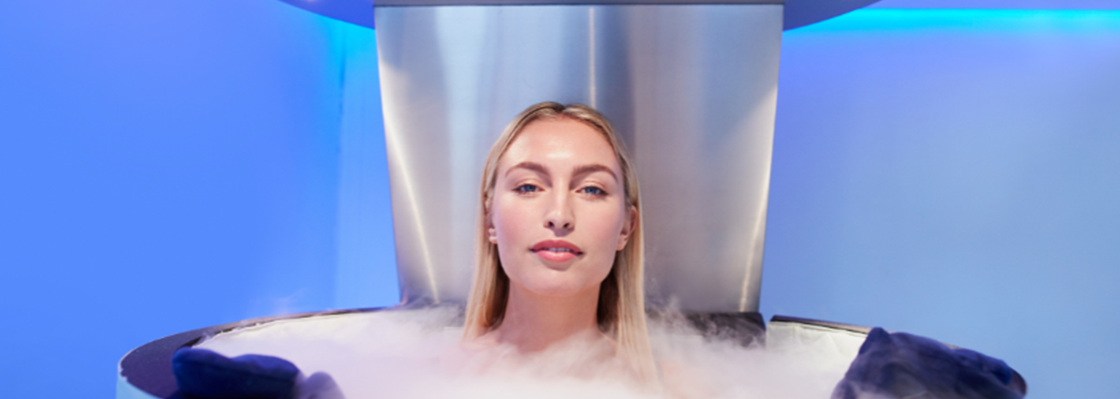Would you freeze yourself to stay fit?

Today the Dispotech blog will discuss cryotherapy: would you freeze yourself for a few minutes if your entire body benefitted from it?

Today the Dispotech blog will discuss cryotherapy: would you freeze yourself for a few minutes if your entire body benefitted from it?
Cryotherapy is a practice that many people undergo. In the beginning it was a ‘fad’ launched by sporting stars and famous actors and prices were sky-high. However, cryotherapy is now truly accessible to everyone and many scientific studies have confirmed its validity.
Let’s delve deeper into the subject and find out what cryotherapy consists of, how athletes use it to improve their physical performance levels and what the benefits of exposure to very low temperatures are. We’ll use an article read on edition.cnn.com as support.
What does it mean to freeze your body to stay fit, reaching temperatures even colder than those recorded in Antarctica? Some of the world’s most famous athletes are able to answer that question. Interviewed by CNN, Irish golf star Padraig Harrington explained the many benefits of cryotherapy. The latter, combined with training and a regime customised to his needs, has allowed him to win tournament after tournament. Harrington was one of the first to experiment with cryotherapy, following in the footsteps of football star Cristiano Ronaldo and Hollywood actor Daniel Craig.
Undergoing a cryotherapy session consists of entering a chamber that exposes the body to temperatures down to -130°C for several minutes - a temperature far colder than any ever recorded in Antarctica (-92°C, in 2013).
Cryotherapy can be done in two ways: in a chamber that covers the entire body (except the head) and in a chamber that cools the body only partially. Those unfamiliar with it, however, shouldn’t think of the feeling of bathing in ice cubes or freezing water: the cold is comparable to that of a walk-in cold room. Cryotherapy consists of cooling chambers with liquid nitrogen; the exposure is brief and lasts no more than three minutes.
Cryotherapy was invented and developed in Japan by Toshima Yamauchi in 1978. Since the sports world discovered it and incorporated it into the athletic recovery regime of professional athletes, cryotherapy has become a veritable trend. However, world cryotherapy expert and rugby coach Liam Hennessy claims to have been the first to use cryotherapy for his team's physical recovery in 2001.
But what are the benefits of cryotherapy?
- It speeds up recovery after intense training;
- it promotes deeper sleep;
- it promotes weight loss;
- it stimulates the endocrine system;
- it helps the heart to function better;
- it reduces stress;
- it increases the neuro-muscular response;
- it speeds up metabolism;
- it releases ‘happy hormones’, which make those who undergo these cold treatments feel better.
Cryotherapy has become routine for professional athletes to the extent that major Premier League and rugby teams have a ‘mobile’ unit. In fact, cryotherapy chambers can be rented and athletes can undergo up to three sessions per day. Back in 2013, teams of the likes of West Ham United were already renting cryotherapy units, having the entire team do several sessions - one before breakfast, one after morning training and another at the end of the day, after afternoon training was over.
Now, cryotherapy is no longer an expensive treatment that only professional athletes or film stars can afford. Sessions are affordable and more and more people are choosing cryotherapy for its beneficial effects - which include making the skin appear firmer and more youthful.
Have you ever tried cryotherapy? What do you think of this cold therapy? Contact Dispotech.












